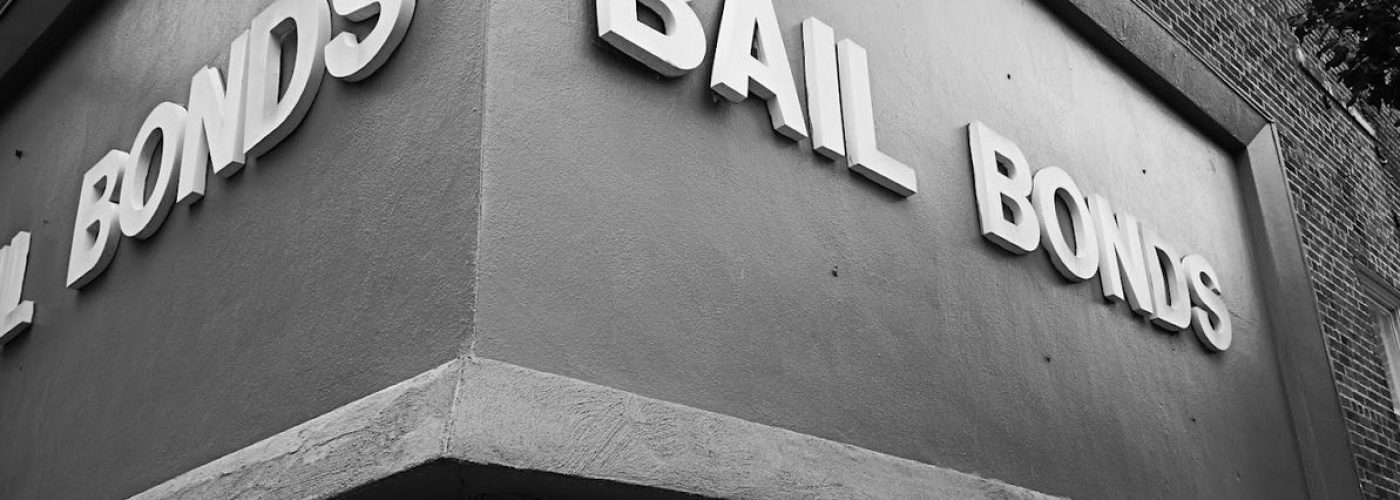As with other states and counties, a person arrested for a crime in Texas is often taken to the local county jail. There, the defendant will spend time waiting for a meeting with the judge, who will set a bail amount for the defendant’s temporary release.
While the court acknowledges that there’s no need to keep the accused in jail until proven guilty, the defendant has to provide a bond to regain freedom. Spending jail time can be overwhelming, and family members often don’t know what to do once they are caught up in the situation. Apart from approaching a lawyer, it’s in the defendant’s best interest to seek help from a bail bondsman in Austin, TX, and similar companies. Bail bond companies stand as guarantors before the court, providing the necessary funds needed to release a defendant as soon as possible.
If someone you love is facing jail time, it’s imperative to know how bail bonds work and how to handle this legal option properly. Read this guide to help you navigate through the bail bond process with more confidence.
1. Choosing A Reputable Bail Bonds Company
The bail bond process starts after an Austin court judge sets the bail amount. Families can choose whether to pay on their own or seek the help of bond companies such as bailbondsbros.com. When working with the latter, families don’t need to worry about paying the bail amount in full. Bail bonds will only ask for a premium, typically anywhere from 10% to 20% of the total amount. This fee isn’t refundable. Additionally, some may ask a defendant to provide collateral to represent the entire cost.
These practices are standard in the industry, so don’t be surprised if you’re asked for these things in exchange for jail release. However, some do exploit the bail bonding system to engage in fraudulent transactions. Before committing, families must have due diligence. Visit the company’s office and ask for licenses or certifications. Like other states, cities, and counties, Austin bail bond companies operate 24 hours a day, seven days a week.
2. Making An Estimate Of The Bail Amount
Some states, like Texas, have a bail bond table, where a defendant can check the possible cost of bail. Information may be available on the state sheriff’s official website or you can ask the jail for more information. Generally speaking, bail bonds in Austin are not cheap. As expected, the more serious the charges are, the higher the amount you’re expected to pay.
If you’re facing drug possession or trafficking charges, your bail amount will depend on how many illicit drugs were recovered. In some cases, the court may ask you to produce as much as USD$250,000 for a drug trafficking case. Conversely, bail bonds in Austin for misdemeanors, like driving under the influence, can cost anywhere from USD$3,000 to USD$7,500.
3. Understanding How The Bail System Works
The court dictates bail bond amounts and the statutes applicable in your area. Texas law stipulates that the court must set the cash bail amount within 24 hours for misdemeanors and other minor offenses and 48 hours for severe offenses, which may include a personal injury lawsuit. Some states have a bail schedule or a list of the pre-set bail amounts for each violation.
In some locations, the judge is authorized to set an amount that’s higher or lower than the rate. The magistrate may even refuse bail by looking at the person’s criminal record and risk to the community.
Presenting bail bonds before the courts in Austin isn’t a form of payment. Instead, it’s a form of collateral, assuring the court that the defendant will show up during the trial schedules until the case is closed. Once a decision is reached, the court will return your bail amount, less the administrative fees.
4. Knowing Your Options
Austin bail bonds can take various forms. Apart from cash and credit card payments, the court may accept a valuable asset as collateral and a surety bond. In some instances, the judge may consider a “release on one’s recognizance.” If you don’t have enough cash, this may be the best option for you. Under this scheme, the court waives the bail amount, so you don’t have to pay for anything for your temporary freedom. The defendant will only have to sign a document assuring a diligent court appearance.
This option is entirely up to the judge to decide. While a subjective exercise, magistrates look at critical factors in granting this release option. Factors may include a defendant’s criminal history (or ideally, the lack of it), community and family support, gainful employment, among other social aspects. In cases where the judge rejects a request for own recognizance release, the person in question can request a reduced bail amount.
In Conclusion
The bail bond system is a legal remedy that an accused person can avail of while the case is ongoing. By securing temporary freedom, the defendant can go on with their lives while waiting for the court’s decision.
Following the release, the defendant must comply with all the legal conditions to avoid problems down the road. Failure to do so could forfeit the bail amount and assets used as a surety bond.






